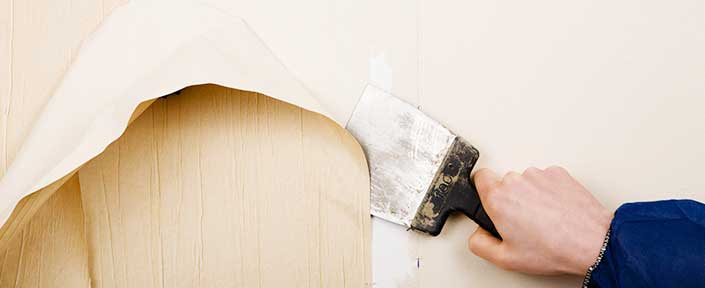2012 Spring Atlanta Color Trends For Your Home Interior
There are many new and exciting Atlanta Color Trends this year; whether you’re painting your whole house or just renovating a room, there’s a lot to choose from. Not to mention all the painting ideas that come to mind.
choose from. Not to mention all the painting ideas that come to mind.
Light color schemes always have a place in a Southern home; we get more sunlight here than in other parts of the country, so lighter colors look great. Yellow is a good choice for your home interior; not only does it absorb and reflect sunlight invitingly, but it’s been scientifically proven to increase serotonin levels in the brain; in other words, it lightens the mood and makes us feel better.
White is a fine choice for an Atlanta home. It’s calming and communicates peace and cleanliness. Also, painting a room entirely white, particularly if it gets good natural light, will create the illusion of more space. And, if you’re planning on hanging a lot of family photos or works or art, white walls make an instant gallery.
In addition to calming the nerves and lowering the pulse rate, blue is a good choice to cover up a problem spots, as it’s layered enough (unlike white or yellow) to cover earlier mistakes or flaws in the drywall.
So far we’ve talked about the milder and calmer colors on the color wheel; Atlanta color trends this spring also tilt towards the bold; orange looks on Southern walls, especially on a long summer afternoon. It’s got its own energy and warmth, and pairs well with white, rose, or even a dark brown.
Whichever color and style you try, it’s worth remembering these basic and  important painting tips:
important painting tips:
Even though it’s a fair amount of work, laying down complete floor cover, whether drop cloths or newspapers, prevents more annoying and labor intensive work later-namely, cleaning up spilled wet or dry paint. The same applies to taping the edges.
Follow professional painters and designers’ 60-30-10 rule for color schemes. Use the primary color over 60 percent of the room, the secondary color for 30 percent, and the accent color for the remaining 10 percent (often reserved for the molding, window and door frames).


